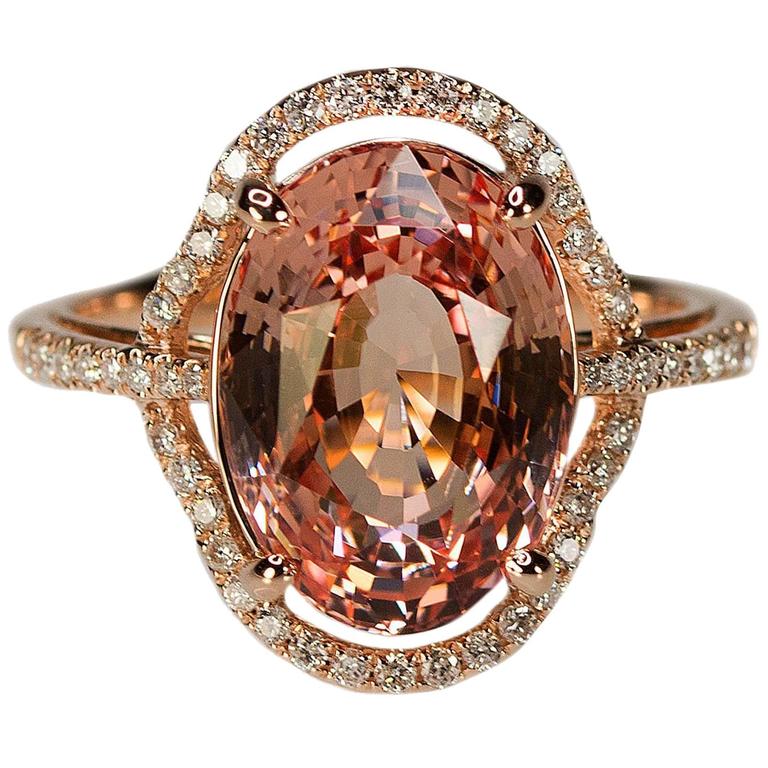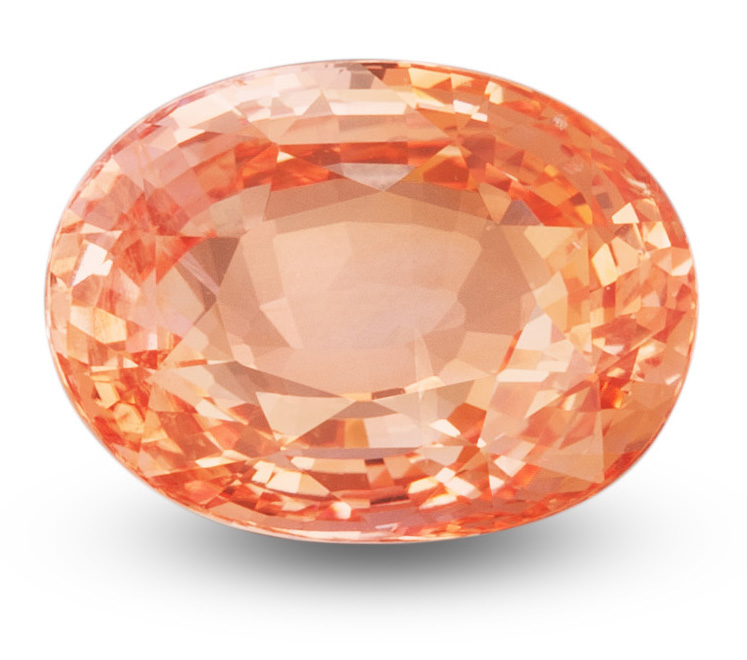

Finally, pay attention to how transparency and inclusions affect Sapphires’ color beauty and subsequently, value. The aesthetic impact of color unevenness due to zoning (location of color in the crystal versus how the gem is faceted) or excessive windowing (areas of washed out color in a table-up gem, often due to a shallow pavilion) is also an important value consideration. As usual, the visibility of pleochroism is determined by crystal orientation during lapidary.

While Sapphires are pleochroic (different colors visible from different viewing angles), this is not usually a concern, but gems with table-up pleochroism that detracts from their beauty, will also be priced accordingly. While both Ruby and Sapphires are classed as Type II gemstones (gems that typically grow with some minor inclusions in nature that may be eye-visible), Sapphires are usually cleaner (and larger) than Ruby, with an eye-clean clarity (no visible inclusions when the gem is examined six inches from the naked eye) being the typical standard. Even though this description provides clear boundaries, it has enough room for buyers to explore the sublime intricacies of this tremendously rare gem. Members of the Laboratory Manual Harmonization Committee (LMHC) have standardized the nomenclature they use to describe a Padparadscha Sapphire, defining the gem as “a variety of Corundum from any geographical origin whose color is a subtle mixture of pinkish-orange to orangey pink with pastel tones and low to medium saturations”.

Thankfully, since 2006 the name’s exact meaning has been clarified. Our modern word ‘Padparadscha’ is in fact an English corruption of a German corruption of the Sinhalese ‘padma’ (lotus) and ‘raga’ (color). Writing in 2001, gemstone author Yasukazu Suwa explains this now historic challenge stating, “There is no universally accepted definition of Padparadscha Sapphire”, and this isn’t surprising considering its history. Unfortunately, the ‘Padparadscha’ color prefix has been both confused and misused. Carefully faceted by experienced lapidaries with an eye-clean clarity, the highest quality clarity grade for colored gemstones as determined by the world’s leading gemological laboratories, in a manner that doesn’t sacrifice brilliance for weight, they possess a superior polish resulting in a beautiful luster, as well as a good shape and overall appearance (outline, profile and proportions). Optimal lapidary is absolutely critical to fully realize Padparadscha Sapphire’s unique beauty.

“That which spreads its rays like the sun, is glossy, soft to the touch, resembling the fire, like molten gold and not worn off is padma raga” is how a medieval Indian text on gemology, ‘Thakkura Pheru’s Rayanaparikkha’, describes Padparadscha Sapphire.


 0 kommentar(er)
0 kommentar(er)
